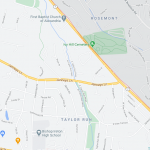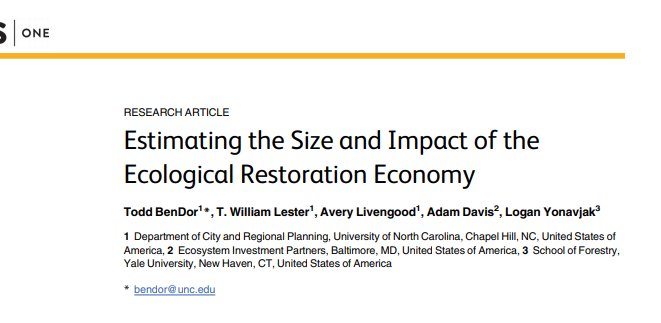This is a really fascinating and encouraging study of the re-establishment of eelgrass “meadows” in the bays of Virginia also brought back other species that use eelgrass as habitat.
The inshore lagoons of Virginia, USA, once supported vast meadows of eelgrass (Zostera marina) beds that provided numerous ecosystem functions and services. In turn, these underpinned several lucrative commercial and recreational industries that were well recognized among the regional population. By 1933, a pandemic slime mold disease along the entire east coast of the United States and the west coast of Europe, in combination with a devastating hurricane, completely eradicated all eelgrass in the Virginia coastal lagoons. Along with the total loss of habitat was the disappearance of the brant goose (Branta bernicla), a popular game fowl, the elimination of the commercially valuable fishery for the bay scallop (Argopecten irradians), and the loss of eelgrass wrack used for fertilizer, insulation, and packing material.
For over 70 years, eelgrass was not documented in the Virginia coastal lagoons even while populations recovered in many other affected locations. However, water quality monitoring and process-based modeling of light availability in these bays, alongside the discovery of several very small (<2 m2) natural patches of eelgrass in one bay in the late 1990s, highlighted that seed recruitment limitation, not degraded environmental conditions, was the primary deterrent to recovery of eelgrass in this region. This realization led to the establishment of a seed-based restoration in 2001, resulting in the rapid recovery of eelgrass habitat in the Virginia coastal bays at a scale rarely observed in marine restoration ecology.
Particularly interesting is the methodology, which is obsessive.
Possible story: how much restoration is possible in densely populated areas, and what will the impact of that restoration be?







